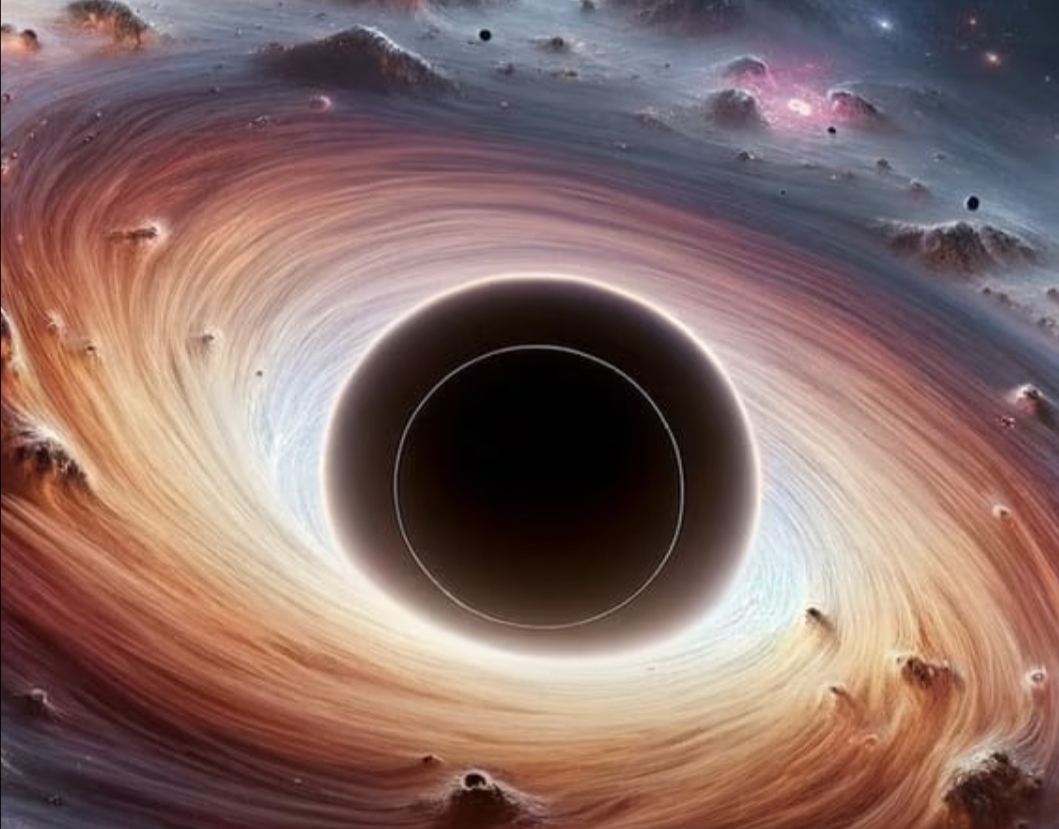The enigmatic colossal 'gravitational anomaly' in the Indian Ocean, and the reasons behind its creation

A phenomenon identified as a 'gravity hole' exists in the Indian Ocean, where the Earth's gravitational force is weaker, causing a depression in sea level exceeding 328 feet. Geologists have been perplexed by this anomaly for some time, but recent research suggests a plausible explanation: magma plumes from deep within the Earth, similar to those responsible for volcanic activity. Using supercomputers, researchers simulated the region's evolution over 140 million years, leading to the hypothesis outlined in a recent study published in the journal Geophysical Research Letters. This hypothesis focuses on a vanished ancient ocean as a key component. The Earth's uneven shape and varying densities play a significant role in shaping its surface and gravitational field. According to Attreyee Ghosh, a geophysicist and associate professor at the Centre for Earth Sciences of the Indian Institute of Science, differences in density across the globe directly impact ...








